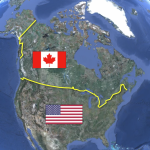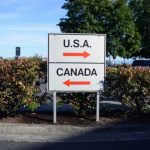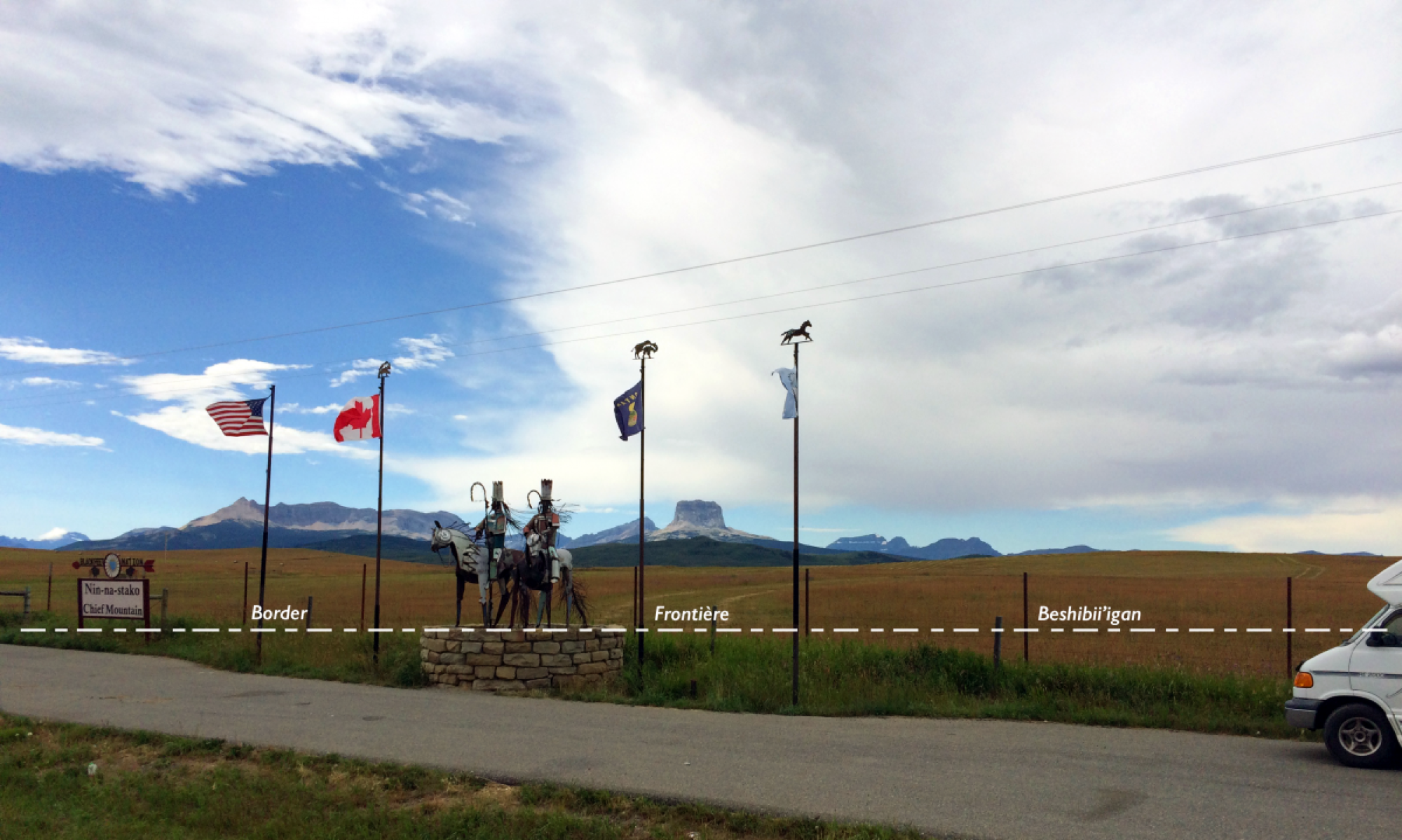Colonizing Visions in Popular Media and Culture
Turtle Island, as the Indian nations call their homeland of North America, is dissected by lines that snake 5,525 miles across the northern parts: 3.987 miles separate Canada from the contiguous United States and another 1,538 miles cut off the US state of Alaska from the Canadian provinces of Yukon and British Columbia. There are a lot of publications and websites that explain how these borderlines were created, describe what they separate, and analyze their impacts, but there is a curious disregard of the numerous indigenous nations that lay astride them.

Take, for example, the entertaining video production by CGP Grey on the bizarre shape of the supposedly straight northern border, which completely omits native nations, or the fabulously detailed survey by the Center for Land Use Interpretation, which contains hundreds of photographs and satellite images, but only mentions the Blackfeet and Grand Portage Chippewa in passing and offers a patronizing assessment of the intersection with the Mohawk nation. It explains that the St. Regis reservation “is known to be a busy place for smugglers” and laments that the Canadian government had to incur great expenses to construct a new bridge because Akwesasne Mohawks were “concerned about sovereignty and safety” and refused the posting of armed Canadian federal agents on their reservation land.

As Audra Simpson aptly explains in Mohawk Interruptus, native sovereignty is generally viewed negatively in settler states. There is a discourse in Canada, even in mainstream news channels, that depicts it as a security risk or as a threat to multi-cultural identity. Popular accounts that pose the question why First Nations should have territorial rights that are different than other minority group can only be explained by an amnesia of genesis because they do not consider who owned the land before white Europeans usurped and settled it. Audra Simpson cites the CBC documentaries “The Dark Side of Native Sovereignty” (1996) and “Troubled Waters” (1993) as examples of such disparaging views.
The 2008 movie Frozen River offers a more nuanced and insightful popular media representation of the challenges of living in the indigenous borderlands of New York – Ontario.
